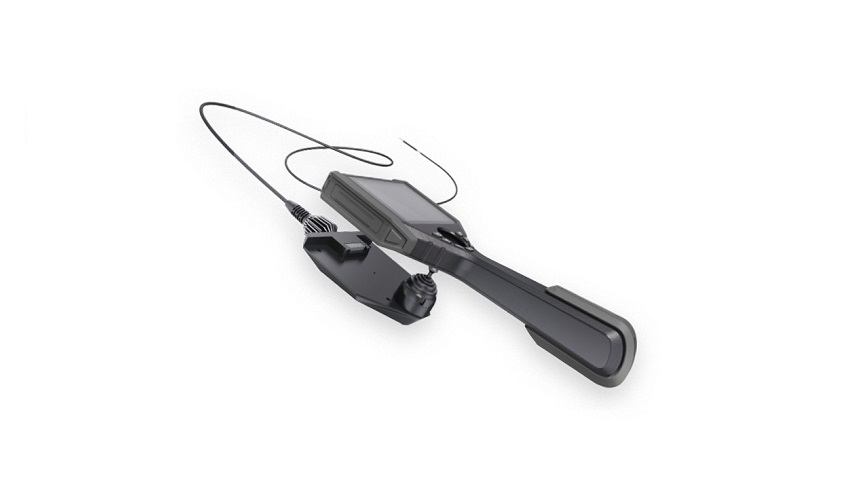With the continuous progress of technology, video endoscopes, as a visual detection device, have been widely used in medical, industrial, aviation and other fields. However, what are the challenges faced by video endoscopes in terms of wireless transmission? This article will analyze from the following aspects:
1、 Wireless transmission requirements for video endoscopes
As a high-definition and high-resolution visualization device, video endoscopes have high requirements for image quality and transmission speed. In wireless transmission scenarios, video endoscopes need to meet the requirements of real-time, stability, and low latency to ensure the reliability and real-time performance of image transmission.
2、 Selection of wireless transmission technology
At present, common wireless transmission technologies include Wi Fi, Bluetooth, etc. When choosing a suitable wireless transmission technology, factors such as transmission distance, transmission speed, device power consumption, and networking method need to be considered. For example, Wi Fi has higher transmission speed and longer transmission distance, but higher power consumption; Bluetooth, on the other hand, has lower power consumption and shorter transmission distance, but slower transmission speed. Therefore, it is necessary to choose appropriate wireless transmission technologies based on actual application scenarios.

3、 Wireless Transmission Scheme for Video Endoscopes
Different wireless transmission schemes need to be developed for different application scenarios and wireless transmission technologies. For example, for equipment detection in the industrial field, technologies such as WiFi can be used to transmit video signals to the control center for equipment maintenance and troubleshooting by staff.
4、 Wireless transmission challenges and solutions for video endoscopes
During wireless transmission, video endoscopes face many challenges, such as signal interference, insufficient stability, and high latency. To address these issues, the following solutions can be adopted:
1. Adopt wireless transmission technologies with strong anti-interference capabilities, such as 5G technology, to avoid the impact of signal interference.
2. Adopting multi link redundancy design to achieve backup and switching of multiple wireless transmission links to ensure transmission stability.
3. Optimize encoding and decoding algorithms to reduce image transmission latency and packet loss, and improve real-time transmission.
4. Adopting low-power design to reduce device power consumption and extend device lifespan.
As a visual inspection device, video endoscopes have been widely used in industries and other fields. In terms of wireless transmission, video endoscopes face requirements such as real-time performance, stability, and low latency. To meet these needs, it is necessary to choose appropriate wireless transmission technologies, develop specific wireless transmission solutions, and address potential challenges. In the future, with the continuous progress and development of technology, it is believed that the wireless transmission technology of video endoscopes will be further improved and improved.
